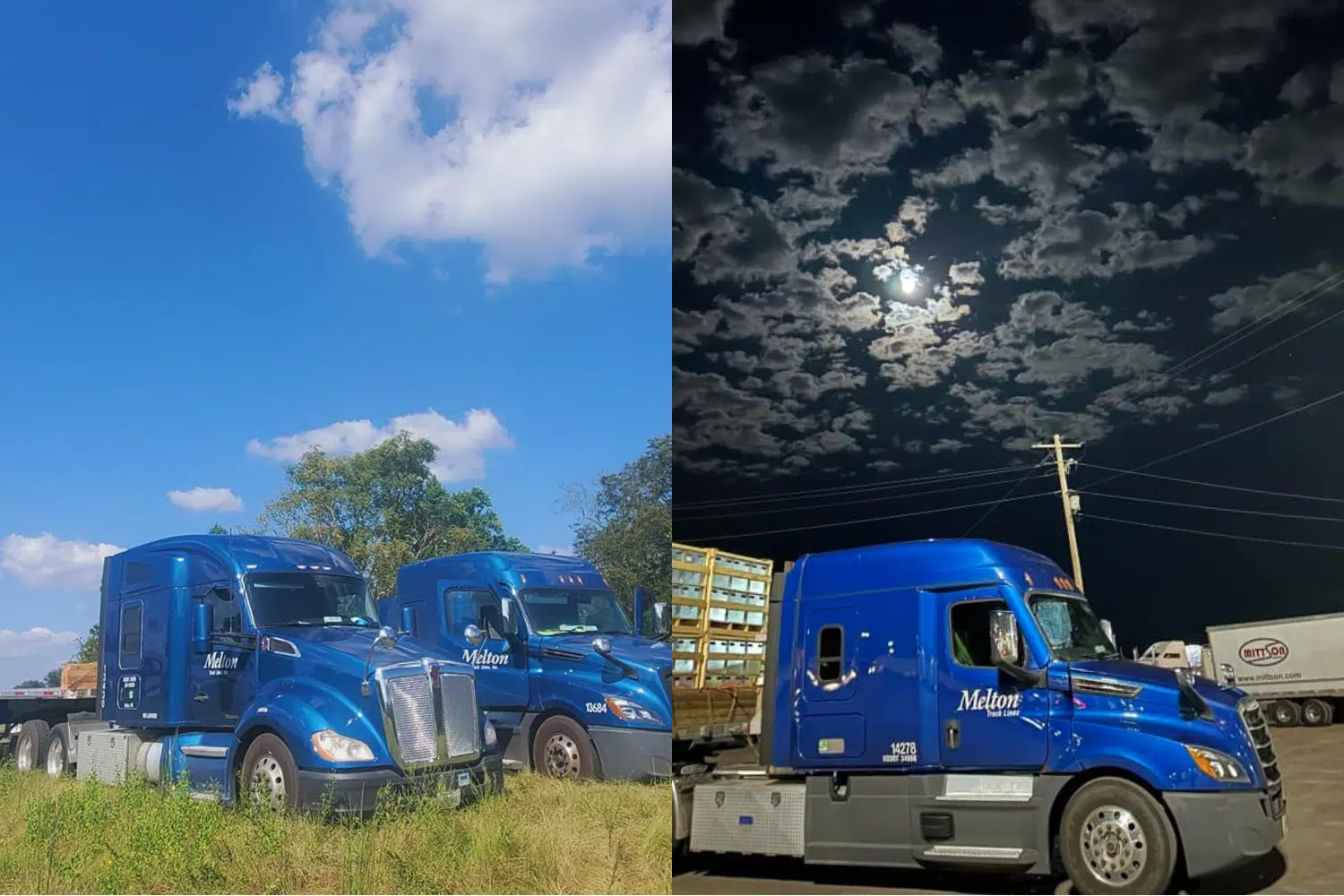
Should I Drive My Truck in the Day or Nighttime?
Explore the unique challenges and benefits of trucking at night versus daytime driving. Discover tips for safer night hauls and maximizing efficiency.
Among some of the challenging decisions that a truck driver will face, one that appears the most often and can have the most impact, is determining if they should drive in the daytime or at night. While some states have restrictions for when some load types can be transported, we’ll be looking at the general pros and cons for both options to help determine what the best option is for you.
Driving by Daylight
The majority of loads are transported during daytime hours. Primarily, this is due to the business hours of the shippers and consignees, but also of other businesses that crop up along the way that aid in a driver’s route. From gas stations to general stores, the majority of businesses operate from dawn to dusk, and if they do extend into the evening, they close shop at, or before, midnight.
Driving during the day also gives greater road visibility, allowing for a driver to monitor the road for any obstacles for a far greater distance. This also means that they will have to monitor other drivers on the road and may need to contend with traffic caused by them, or by construction crews that are only permitted to work during the day.
It may also be easier for someone to drive during the day, simply because it follows your natural circadian rhythm. You are able to wake with the sun and fall asleep more easily when it sets, as you have done for the majority of your life, and the stimulation of daylight enables you to stay alert more easily.
Pros:
- Easily complies with regular business hours for shippers, cosignees, and other places a driver might visit
- Good visibility of the road, and other vehicles on it
- Follows your natural body clock, making it easier to stay alert and awake
Cons:
- The possibilities for accidents rise with other drivers on the road
- Traffic jams caused by construction or accidents
- Establishments are busier and may cause delays during peak hours

Driving at Night
While many drivers may suggest that driving at night is more relaxing, whether that’s from having less traffic on the road around them or by seeing fewer distractions, it’s still very important to stress staying alert and attentive.
Reduced road visibility at night, especially on unlit rural roads and highways, raises the chances for accidents exponentially. Outside of major cities, you also have an increased amount of wildlife that are active at night and may need to cross that same road you are driving on. Road closure or detour signs may also make it harder to see if a driver is not staying alert and could potentially lead to delays while trying to reroute, or the need for roadside assistance.
Driving by night works well for those who prefer less crowded spaces, though. 24-hour gas stations and grocery stores are usually vacant, and will sometimes allow for better options for parking, showers, or just a more pleasant shopping experience. It’s important to remember, though, that this can also limit the options that are available to you during the off hours. Important roadside assistance options may be severely delayed due to understaffing, or completely unavailable.
Pros:
- Less traffic and less delays caused by construction sites
- Fewer distractions from other drivers and roadside attractions
- 24-hour establishments are less crowded, making parking and shopping easier
Cons:
- Less visibility of the road and potential obstacles
- Increased wildlife movement, especially on remote roads, raising the possibility for accidents
- Less options for roadside assistance

Depending on your preferences, you may prefer one time to drive over another. Both are viable options as long as it fits your trip planning and enables you to meet your deadlines safely and effectively. There are still some general tips that all drivers need to keep in mind as they progress, though:
- Stay alert, regardless of the time of day.
- Avoid cell phones and other distractions.
- Get the rest you need to avoid drowsy driving.
If you’re ready to start rolling with Melton, you can learn more on our flatbed driving jobs page!

About the Author: Melton Truck Lines
Since 1954, Melton Truck Lines has set out to provide quality transportation services to customers, all while treating our drivers like family. Over 70 years later, Melton remains a leader in flatbed transportation.
Keep up with us on social media, or check out our other blogs below!
